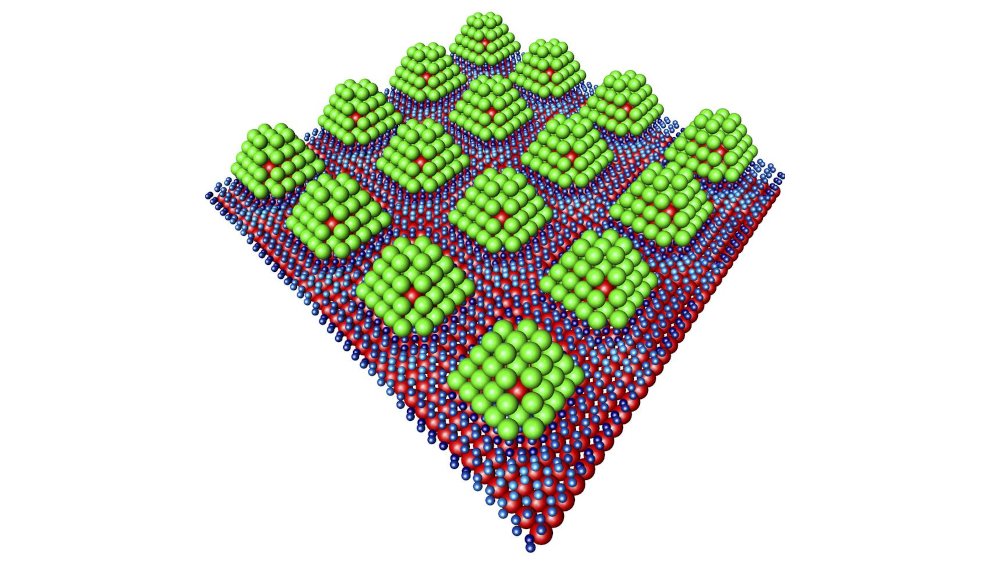A new technology based on “nanopralines” made of palladium could simplify the use of hydrogen as a climate-neutral fuel by reducing the amount of energy required for storage. While hydrogen has the potential to become a climate-neutral fuel for land, water, and air vehicles in the coming years, its storage remains problematic due to the gas’s volatility. Scientists at the German Electron Synchrotron (DESY) have developed a new storage method in which hydrogen is stored in nanoscale particles of palladium, which they call “nanopralines.” These tiny particles function like a sponge, absorbing the hydrogen. However, the challenge has been to release the hydrogen from the material. To address this, the scientists created a hydrogen storage system using palladium particles that are only 1.2 nanometers in size, stabilized by an iridium core and fixed on a graphene foundation. The result is a regular, periodic structure that allows hydrogen to adhere to the surface of the palladium particles, while hardly penetrating the structure of the nanoparticles. This means that even a slight increase in temperature can release the gas molecules.
The scientists are now working on developing new methods to increase the storage density of the technology. However, before their technology can be used in industrial practice, they must overcome several challenges, including finding a more porous carbon structure to use as a carrier material. Carbon sponges are a possibility, as they can accommodate significantly more palladium particles in their pores. While the technology is still in its early stages, it has the potential to revolutionize the storage of hydrogen, making it a more viable option for climate-neutral fuel in the future.
In conclusion, the development of a new storage method for hydrogen using nanoscale particles of palladium could simplify the use of hydrogen as a climate-neutral fuel. The technology, which functions like a sponge, absorbs hydrogen and releases it when heated. While the technology is still in its early stages, it has the potential to revolutionize the storage of hydrogen, making it a more viable option for climate-neutral fuel in the future. However, before it can be used in industrial practice, the scientists must overcome several challenges, including finding a more porous carbon structure to use as a carrier material.










